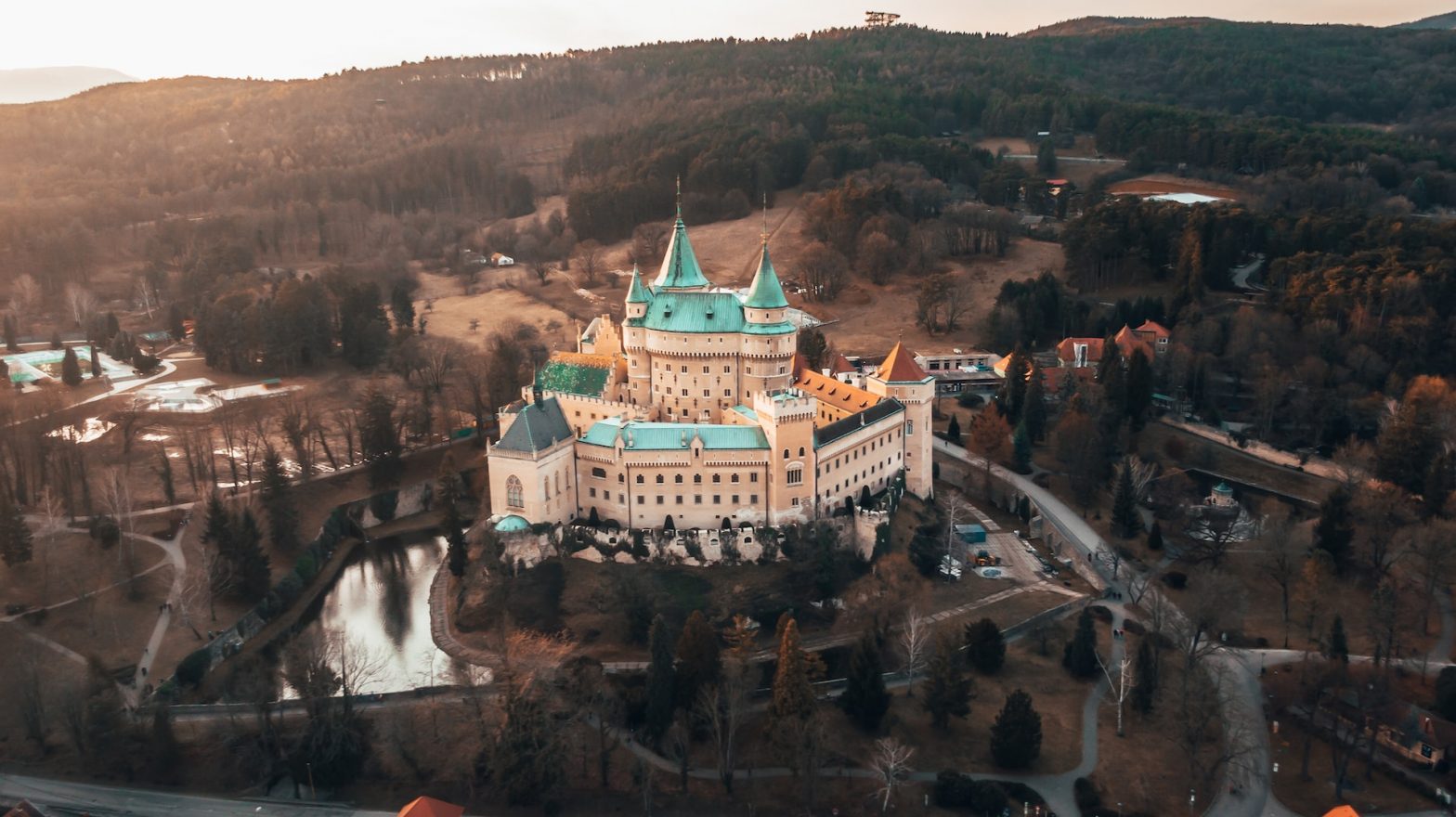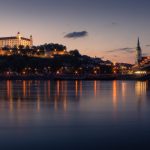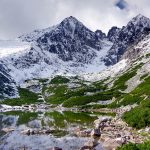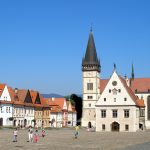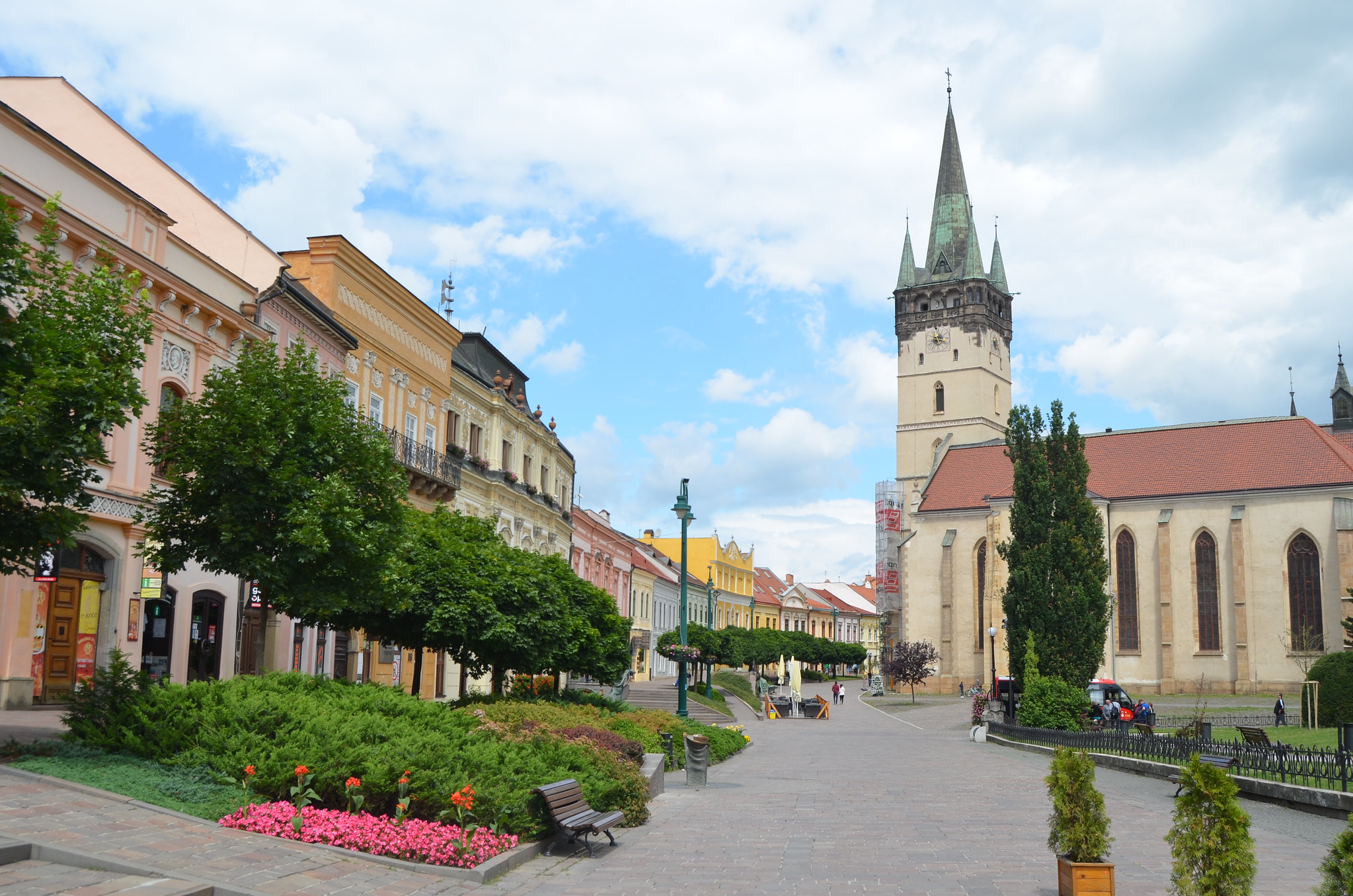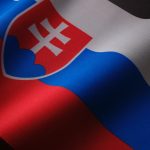Slovakia, officially known as the Slovak Republic, is a landlocked country located in Central Europe. Bordered by the Czech Republic to the northwest, Poland to the north, Ukraine to the east, Hungary to the south, and Austria to the southwest, Slovakia occupies a strategic position in the heart of Europe. The Carpathian Mountains dominate the northern and central parts of the country, while the Danube River winds its way through the south, defining part of the border with Hungary.
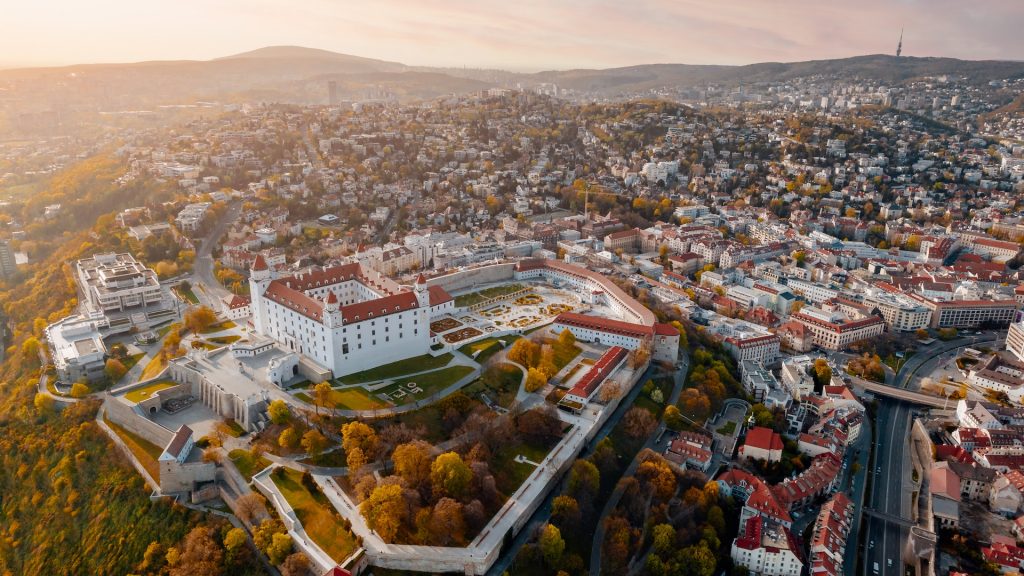
Capital and Major Cities:
The capital city of Slovakia is Bratislava, situated on the banks of the Danube River. Bratislava, with its charming Old Town and medieval castle, serves as the political, cultural, and economic center of the country. Other significant cities include Košice, the second-largest city, known for its historical architecture, and Banská Bystrica, located in the central part of the country.
International Alliances:
Slovakia is a member of the European Union (EU), having joined in 2004 along with several other Central European nations. The EU membership has brought about economic and political integration, fostering collaboration among member states.
Slovakia is also a member of the North Atlantic Treaty Organization (NATO), strengthening its ties with Western nations for collective defense and security. NATO membership provides Slovakia with a framework for cooperation with other member countries on issues of mutual interest, including defense and crisis management.

Currency:
The official currency of Slovakia is the Euro (EUR), adopted in 2009. This move towards the Euro aimed to further integrate Slovakia into the European economic and monetary system. The country has experienced steady economic growth in recent years, with industries like automotive manufacturing and information technology playing significant roles in its development.
Cuisine and Food:
Slovak cuisine is diverse, drawing influences from its Central European neighbors. Traditional dishes include bryndzové halušky (dumplings with sheep cheese and bacon), kapustnica (cabbage soup), pirohy (dumplings filled with various ingredients), and lokše (potato pancakes). Slovak cuisine often features hearty and filling meals, reflecting the country’s agricultural heritage.

Slovakia vs. Slovenia:
Slovakia is sometimes confused with Slovenia, another Central European country. While both share similar geographic locations and were once part of the former Yugoslavia, they are distinct nations with different languages, cultures, and histories. Slovakia uses Slovak as its official language, while Slovenia’s official language is Slovenian. The capital of Slovenia is Ljubljana, whereas Slovakia’s capital is Bratislava.
Religion:
The predominant religion in Slovakia is Roman Catholicism, reflecting the country’s historical ties to Christianity. However, Slovakia is known for its religious diversity, with significant populations of Protestant Christians and adherents of other faiths. The constitution guarantees religious freedom, and various religious festivals and traditions are celebrated throughout the country.
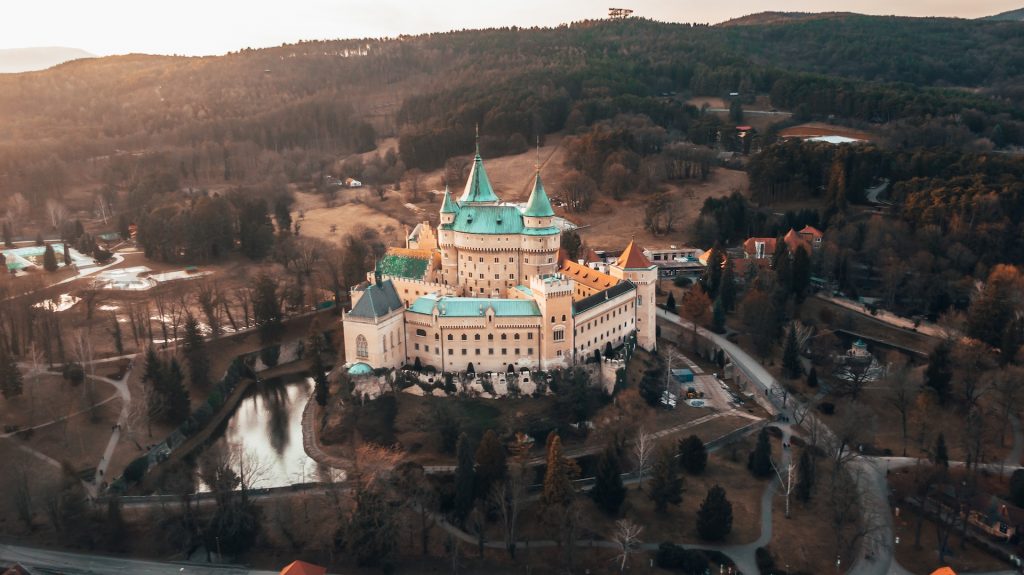
Population:
Slovakia had a population of around 5.4 million people. The population density is not uniform across the country, with urban areas like Bratislava experiencing higher concentrations compared to rural regions. The demographic composition includes Slovaks as the majority ethnic group, with Hungarian and Roma minorities.
Weather:
Slovakia experiences a continental climate, with cold winters and warm summers. The mountainous terrain contributes to regional variations in climate, with the northern parts generally cooler than the southern lowlands. The Tatras, part of the Carpathian mountain range, influence the climate, creating further regional variations in weather patterns. Winters can bring snowfall, creating picturesque landscapes in the mountainous regions.
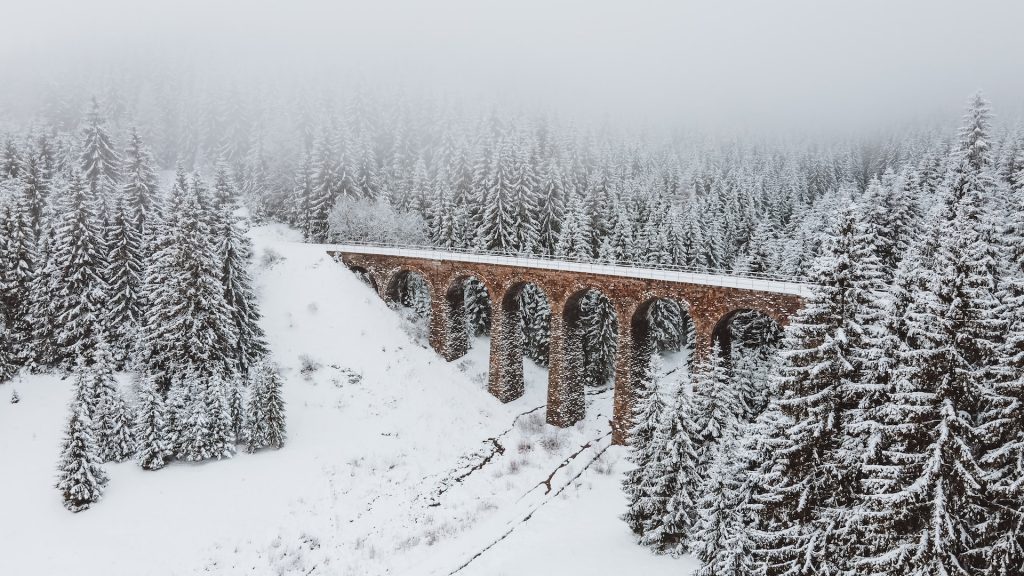
Iconic Landmarks:
Slovakia boasts a range of iconic landmarks that showcase its historical and cultural heritage. Some notable sites include:
- Spiš Castle: A UNESCO World Heritage site, Spiš Castle is one of the largest castle complexes in Central Europe, offering breathtaking views of the surrounding countryside.
- Bratislava Castle: Overlooking the capital city, Bratislava Castle is a symbol of the country’s history and hosts exhibitions on Slovak culture and history.
- High Tatras: A stunning mountain range in the Carpathians, the High Tatras offer outdoor enthusiasts opportunities for hiking, skiing, and enjoying the natural beauty of the region.
- St. Elisabeth Cathedral: Located in Košice, this Gothic cathedral is the largest church in Slovakia and a masterpiece of medieval architecture.
- Bojnice Castle: Known for its romantic architecture, Bojnice Castle is a fairy-tale-like structure surrounded by a beautiful park.
- Devin Castle: Located at the confluence of the Danube and Morava rivers, Devin Castle is a historic site with archaeological significance.
- St. Martin’s Cathedral: Situated in Bratislava, this Gothic cathedral is a coronation church for Hungarian kings and an important symbol of the city.

In conclusion, Slovakia stands as a gem in the heart of Europe, blending rich history, diverse landscapes, and a vibrant cultural heritage. As part of the European Union and NATO, Slovakia plays a crucial role in the geopolitical landscape of the continent, while its unique cuisine and landmarks continue to attract visitors from around the world.
